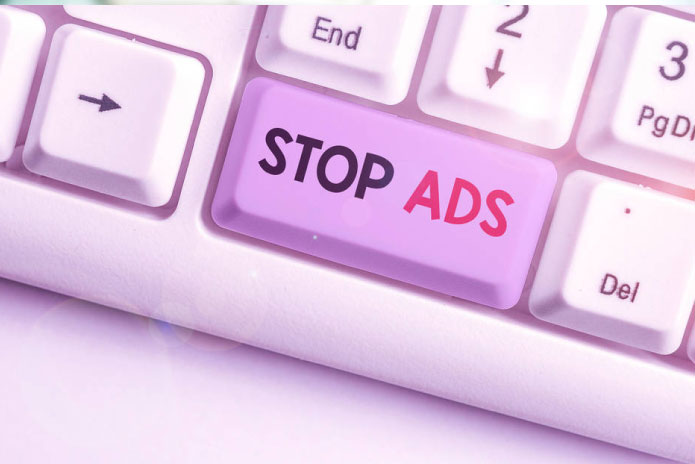A new survey by Hibou, a specialist institute in consumer monitoring and insights, shows that Brazilians are growing increasingly impatient with advertising. Conducted on June 20 and 21 with 1,304 respondents across the country, the study outlines consumer behavior regarding advertising communication across various channels, such as streaming platforms, TV, marketplaces, and apps.
Video ads: immediate rejection
The majority of respondents, 78%, said they skip ads as soon as possible when watching videos on YouTube or platforms with ads. Only 8% let the ad play to the end, as long as it’s not too long, while 2% watch them to the end regardless of duration. Additionally, 4% use ad blockers.
Even with the option to pay to avoid ads, resistance remains strong: 35% don’t pay for any streaming service, 23% pay for only one, 19% cover most of the ones they use, and only 10% pay for all.
Attention is rare but possible
Attention to long ads (over 30 seconds) of interest to the viewer only happens always for 5% of respondents. Another 9% said they pay attention frequently, while most watch sporadically (23%), rarely (39%) or never (24%).
When an ad catches their attention, reactions vary: 24% check the brand’s website or marketplace to verify its legitimacy, 21% visit the company’s social media, 19% click directly to learn more, and 19% research on platforms like Reclame Aqui. Others 10% just memorize the information, 7% discuss it with friends, and 15% say it doesn’t happen to them.
“We’re facing a weary consumer who is increasingly demanding and selective. There’s no more room for generic or invasive communication. What works today are messages that deliver real value—with creativity, utility, and clarity,” says Ligia Mello , CSO of Hibou.
Repeated ads irritate more than interruptions
What bothers consumers most about advertising? According to the study, 74% get irritated by repeated ads, 63% by exaggerated emotional appeals, 58% by content interruptions, and 45% by unclear messages. Additionally, 34% dislike forced jokes or communications that try to impose a point of view.
On TV, behavior also shows inattention: 42% pick up their phones to do something else during commercials, 34% wait for the show to return, 15% change the channel, 14% leave the room, and 6% mute the TV. Meanwhile, 14% said they don’t watch broadcast or cable TV.
Despite skepticism, 59% of consumers consider targeted advertising effective, especially when placed by well-known brands or within sales channels. Acceptance increases when the ad doesn’t interfere with what they’re doing, something valued by 78% of respondents.
61% prefer to receive recommendations based on purchase history, and 40% believe a creative ad is more effective. Still, only 28% admit that ads on sales channels influence their purchases sporadically, and 39% feel this type of advertising has improved their shopping experiences.
“Advertising must respect the audience’s time and moment. Interrupting to try to convince no longer works. The new approach is to integrate, suggest, and create identification without forcing it,” adds Ligia Mello.
Ads on marketplaces still make a difference
While shopping on marketplaces like Amazon or Mercado Livre, 34% of consumers believe ads help them discover new products. Others 10% changed their minds due to promotions, and 5% followed platform recommendations. On the other hand, 41% only look for what they want to buy, and 30% only notice ads when there are clear benefits. Only 4% said they don’t shop on marketplaces.
Super apps divide opinions
The study also examined the acceptance of multifunctional apps, like transportation apps offering loans or financial services on e-commerce platforms. 25% of Brazilians don’t mind, 16% think it’s good to have more options, and 9% consider it great to get everything done in one place. Conversely, 22% believe these apps lose focus, and 28% dislike the high volume of unrelated offers.
During rides on apps like Uber or 99, 52% watch the traffic and street, 44% talk to the driver or companions, 41% monitor the route on the app, 32% use their phones for other activities, and 6% read, work, or do other non-phone tasks. 11% don’t use such services.
The right message at the right time
Finally, when asked how much ads on sales channels and apps influence their purchasing decisions, 9% said they’re always impacted, 23% frequently, 48% sporadically, 8% rarely, and 12% never. In other words, despite some resistance, 71% still feel impacted in some way.
“Effective advertising must become part of the experience, not an obstacle. Brazilian consumers are increasingly aware of what they consume and why. Communication that respects and understands them will naturally be more valued,” concludes Ligia Mello from Hibou.


